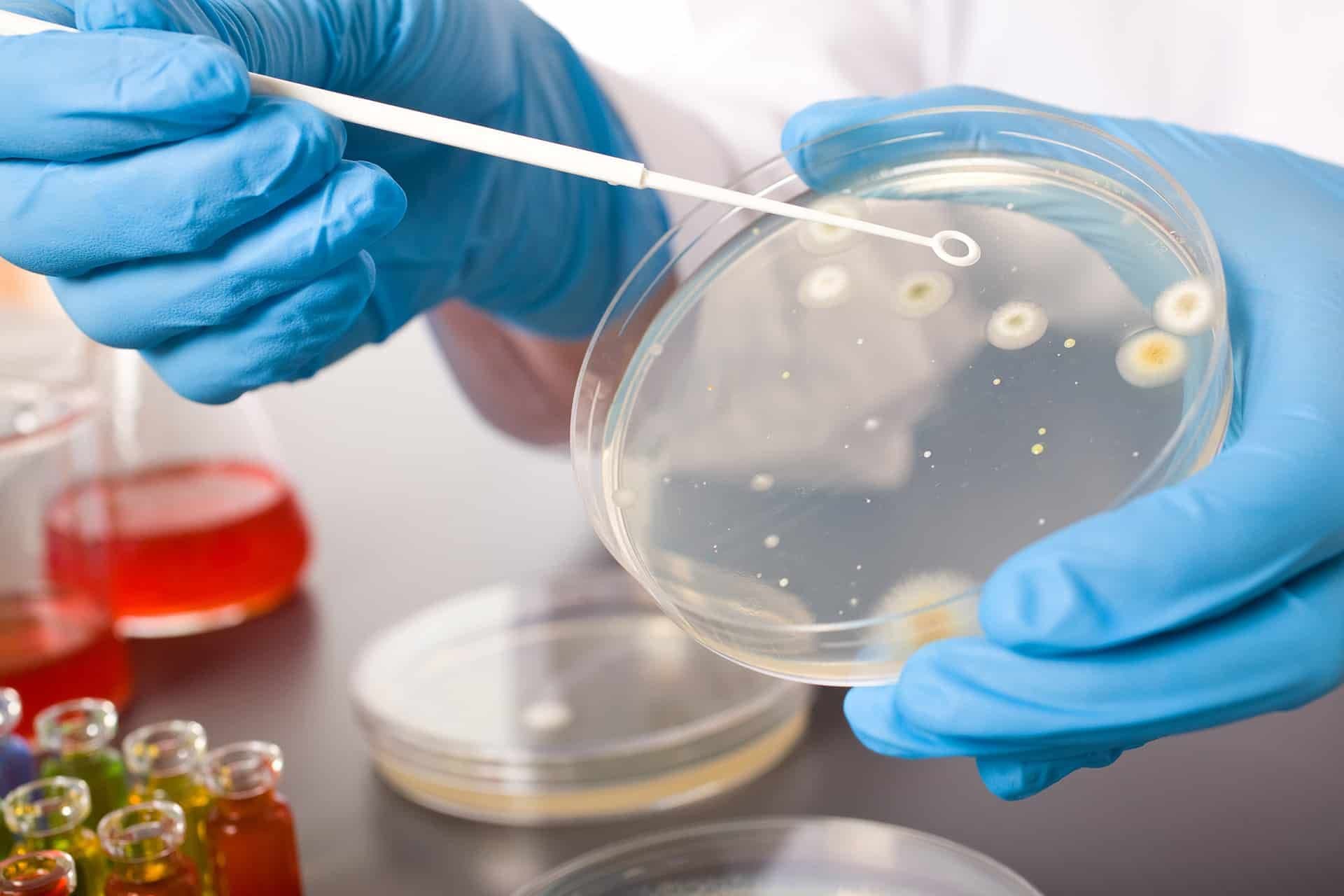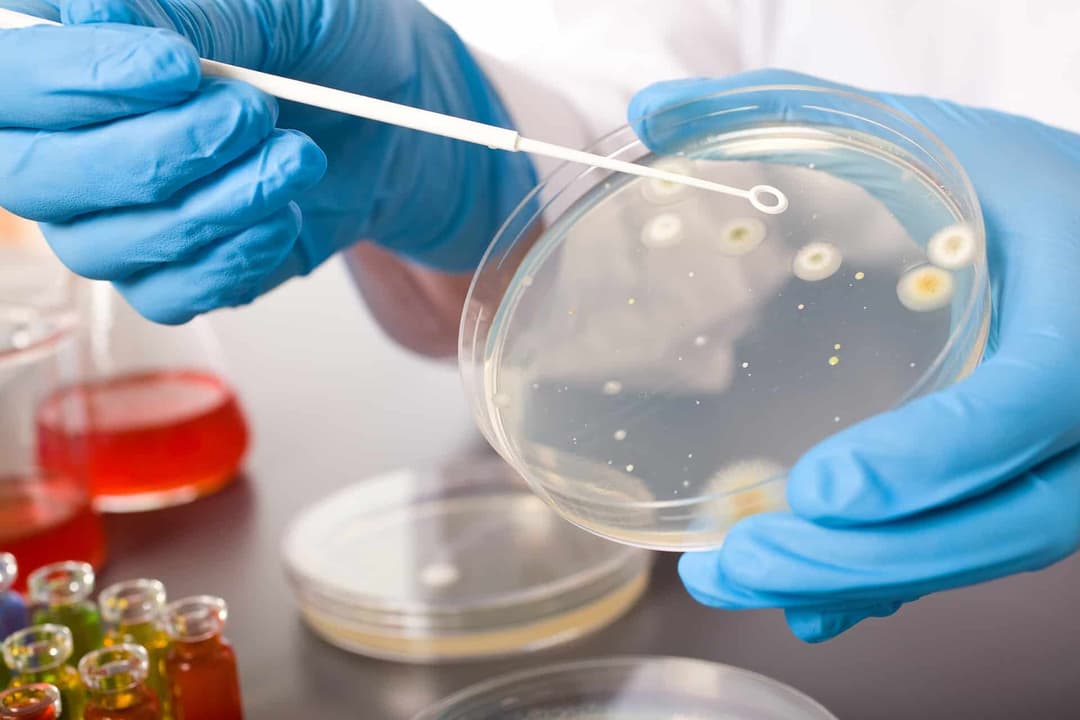

Fogging vs Vapour technology: What are your Options and the Pros and Cons
Fogging vs Vapour technology: What are your Options and the Pros and Cons
Team ISO Cleanroom were again out in force at this year’s Cleanroom Technology Conference. One of the talks we thought would be very helpful to our community was given by Chris Berridge from Ecolab. Below we have attempted to summarise the key take aways but we would recommend reaching out to Chris or any of the Ecolab team if you have more questions.
The industry has been very excited about the new Annex 1, coming into force in August. It has a clear requirement for automated bio-decontamination of isolators and any sterilisation technology used to be capable of also decontaminating facilities, including the cleanroom, HVAC systems, etc. It also supports the need for automated bio-decontamination if alert levels are exceeded, with operating procedures in place to prescribe assessment and follow up. It is worth noting that the disinfection should include the periodic use of a sporicidal agent.
There are a few options for bio-decontamination with several factors needed to be taken into consideration when choosing a technology. These factors include cycle time, safety, efficacy, and materials compatibility. The automated bio-decontamination technologies available include formaldehyde, chlorine dioxide, UV irradiation, hydrogen peroxide fogging, and hydrogen peroxide vapour.
Formaldehyde has a good efficacy and material compatibility but has a bad cycle time as well as safety issues. The Biocidal Products Committee stated that use of formaldehyde for enclosed fumigation should be limited to once per year in Europe.
Chlorine Dioxide used as a gas is ok on cycle time and safety, good on efficacy, however with long term use it will corrode metals and computers.
UV Irradiation is better for material compatibility however the energy is negligible after 2m meaning the efficacy will be significantly impacted. A hospital study showed that UV had no additional impact in reducing C difficile infection.
Hydrogen Peroxide Fogging has been shown to not be as good as vapour at removing all spores. Handheld sensors should always be provided to check for leaks and to confirm that the concentration is less than 1ppm at the end of a cycle. Doors should be sealed to prevent leaking.
Hydrogen Peroxide Vapour has a proven efficacy against a wide spectrum of microorganisms with over 70 peer reviewed journals supporting efficacy. It is a ‘lazy’ gas so will not leak into adjacent areas without driving force, making it safer. The vapour is also compatible with most materials and sensitive electronic devices.
Hydrogen Peroxide Vapour is therefore the best form of bio-decontamination due to it scoring highly in all listed factors, efficacy, cycle time, safety, and material compatibility. Annex 1 requires the vapour disinfection process to be validated to guarantee the efficacy and repeatability of every cycle. Biological and chemical indicators can be placed in challenging locations withing the room, including high and low areas, corners, critical load items, hot and cold surfaces etc. to prove that the decontamination process has been successful.
Options for room bio-decontamination include mobile equipment, integrated or fixed equipment, or bio-decontamination services, with the best option chosen based on each facility and their requirements.